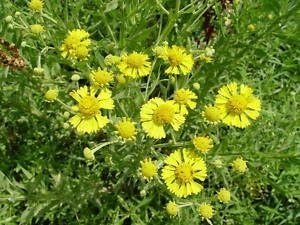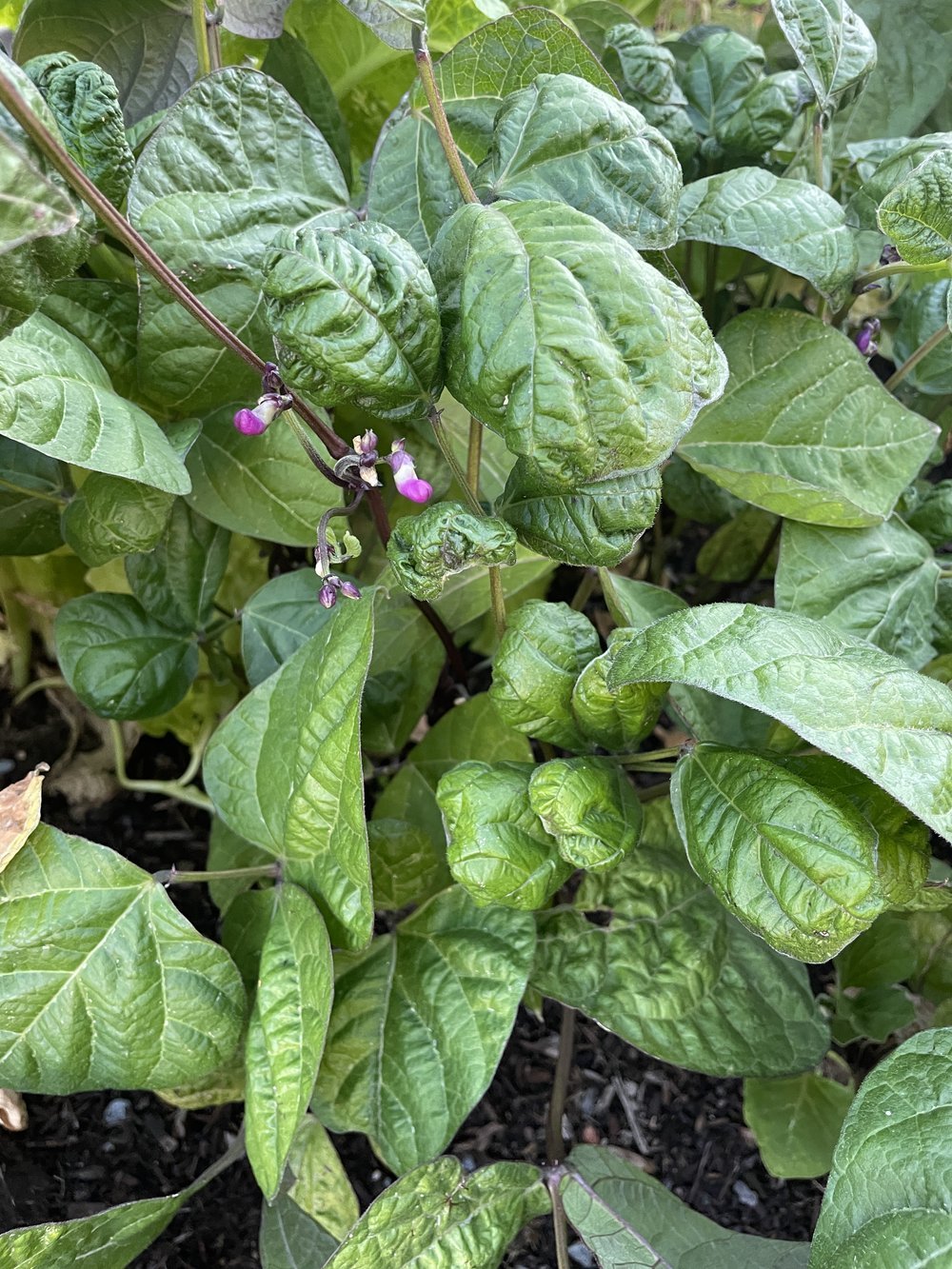Index of Farmer's Market Online® Guides
Farm Kitchen
Breads
Chocolate
Coffee
Corn
Curry
Raisins
Spices and Culinary Herbs
Tea
Good Spirits & Fine Liqueurs
Bourbon
Brandy
Gin
Rum
Tequila
Vodka
Whiskey
Home & Garden
Candles
Dough Figurines
Wreaths
In Season
Air Plants
Aloe Vera
Artichoke
Asparagus
Basil
Blackberries
Blueberries
Blood Orange
Cabbage
Catnip
Cranberries
Egyptian Walking Onions
Figs
Garlic
Grapefruit
Kale
Kohlrabi
Pawpaw
Peaches
Pecans
Peppers
Pomegranates
Pumpkin
Shelling Beans
Sour Cherries
Meats & Fish
Turkey
Nuts & Grains
Chestnuts
Plants
Air Plants
Azaleas
Bigleaf Hydrangea
Bonsai
Bronze Dutch Clover
Camellia
Carnivorous Plants
Catnip
Chestnut
Christmas Cactus
Cranberry
Easter Lily
Gentian
Heuchera
Mint
Orchids
Ornamental Cabbage
Ornamental Grasses
Pasque Flower
Pawpaws
Pinyon Pine
Poinsettia
Roseroot
Salvia
Sneezeweed
Voodoo Lily
Zinnia
Specialty Foods
Spices
Figs
Cultivation
To grow figs, you need to pick a suitable variety and plant it green-side-up in spring. Figs don't need a lot of fertilizer, pruning, and watering like other fruits. In fact, the hardest part of growing figs is keeping birds and bugs away.
In Mediterranean climates, figs grow into small trees. In colder climates, fig plants will be more like shrubs than trees.
Cold winters can make commercial fig production a difficult proposition, but home gardeners can still raise a tasty crop.
Plant figs as soon as all frost has past in spring. They appreciate mulch as much as landscape plants. For its first year or two in late fall, after the plant is dormant, rake up some leaves from around the yard and protect the crown with them by piling them up about 12" high. In the spring, when the plant leafs out, remove these leaves and if you want, you can prune off any parts that died in winter from cold.
Harvest
In North America, there are two seasons for domestic fresh figs - a "breba" season in June and a "new wood" season from August through October. The most common varieties harvested are Black Mission, Brown Turkey, and Green Kadota.
In order to use figs, they must be allowed to ripen completely on the bush. Figs do not ripen after picking and so unripe figs are to be avoided.
But when ripe, figs do not ship well, which is why fresh figs are not common in grocery stores.
Choose figs at the market that are richly colored, plump and soft but with unbroken skins. At peak ripeness they may be covered with a light, fuzzy bloom. A sour smell indicates the fig is past its sell-by date.
Culinary Uses
Figs taste great in salads and stews. You can also make all sorts of gourmet spreads and jams.
In the Mediterranean, figs are considered "poor man's food."
Varieties
There are many fig varieties worth trying and experimenting with for fun, but if you want a sure-fire success, plant Celeste.
Other fig varieties include Brown Turkey and Chicago Hardy, 'Marseilles,' which is sometimes called Lemon, and 'Italian Honey'
An excellent variety for eating that may freeze out in bad winters is 'Bordeaux'. It is a deep purple fig with ruby-color flesh. It tastes as good as the 'Mission' figs that grow in California.





